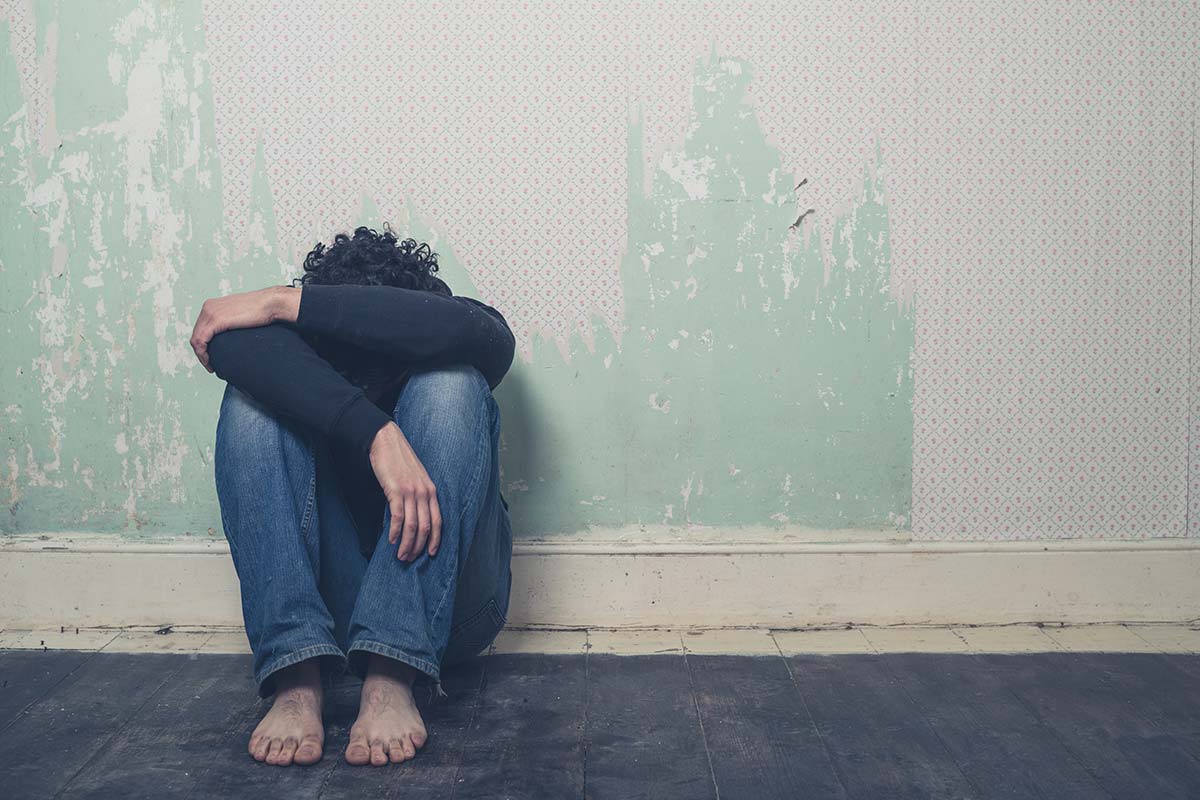The COVID-19 pandemic may feel like it happened a lifetime ago, yet experts agree that the pandemic is having persistent and long-lasting effects on mental health and substance abuse.
Those most affected are our nation’s youth.
Explore how the COVID-19 pandemic is being felt in 2025.
Pandemic Poses Ongoing Mental Health Challenges
In 2025, an ongoing convergence of mental health and substance use challenges faces America. Most affected are youth and marginalized communities, and isolation and loneliness continue to be contributors in the post-pandemic era.
Young individuals, especially those aged 11–17, continue to experience elevated rates of anxiety, depression, and suicidal ideation. LGBTQ+ youth are disproportionately affected, with over half reporting frequent thoughts of suicide or self-harm.
A significant number of individuals report that loneliness and isolation are major contributors to their mental health struggles, a trend that persists into 2025.
Youth Continue to be Highly Impacted by Mental Health Challenges
From January to September 2020, 1.5 million people accessed an online screening program offered by Mental Health America (MHA). MHA analyzed the data and found that young people reported struggling most with their mental health.
The proportion of youth ages 11-17 who accessed screening was 9% higher than the pre-pandemic average. Youth ages 11-17 were also more likely to score for moderate to severe anxiety and depression symptoms than any other age group. In 2024, the CDC released data that revealed slight improvements in youth mental health from 2021 to 2023.
However, the findings still demonstrate that 40% of youth overall and a large portion of minority youth are impacted by mental health issues:
- 40% of students overall experienced persistent feelings of sadness or hopelessness (decreased from 42% to 40%)
- 53% of female students who experienced persistent feelings of sadness or hopelessness (decreased from 57% to 53%)
- 27% of female students who seriously considered attempting suicide (decreased from 30% to 27%).
- 42% of Hispanic students who felt persistently sad or hopeless (decreased from 46% to 42%),
- 10% of Black students attempted suicide (decreased from 14% to 10%)
In 2019, the MHA report revealed that youth had the highest rates of suicidal ideation, especially LGBTQ+ youth. In September 2020, over half of 11-17-year-olds reported having thoughts of suicide or self-harm nearly every day. From January to September 2020, 77,470 youth reported experiencing frequent suicidal ideation, including 27,980 LGBTQ+ youth.
More Thoughts of Suicide and Self-Harm
More people have reported frequent thoughts of suicide and self-harm than have ever been recorded in the MHA Screening program since its launch in 2014. Since March 2020, over 178,000 people have reported frequent suicidal ideation. 37% of people reported having thoughts of suicide daily in September 2020.
CDDC data shows that the suicide rate among males in 2023 was approximately four times higher than the rate among females. Males make up 50% of the population, but nearly 80% of suicides.
LGBTQ+ Youth Disproportionately Impacted by Mental Health Challenges
The Trevor Project 2024 U.S. National Survey on the Mental Health of LGBTQ+ Young People revealed that 39% of LGBTQ+ young people seriously considered attempting suicide in the past year, including 46% of transgender and nonbinary young people. LGBTQ+ youth of color reported higher rates than their White peers.
The report found that 66% of LGBTQ+ youth experienced anxiety symptoms, and 53% experienced depression symptoms. Transgender and nonbinary youth reported higher rates, with 71% experiencing anxiety and 59% experiencing depression.
Increases in Alcohol and Substance Use, Overdoses
According to the Centers for Disease Control and Prevention, 13% of Americans reported starting or increasing substance use as a way of coping with stress or emotions related to COVID-19.
The pandemic ushered in a spike in drug overdose deaths. A reporting system called ODMAP shows that the early months of the pandemic brought an 18% increase nationwide in overdoses compared with those same months in 2019.
The trend continued throughout 2020. According to the American Medical Association, more than 40 U.S. states reported increases in opioid-related mortality along with ongoing concerns for those with substance use disorders.
2023 data from the Substance Abuse and Mental Health Services Administration (SAMHSA) revealed that one in four people over the age of 12 reported illicit drug use in the past year. That figure increased from 2021 to 2022 and remained stable in 2023.
In 2023, 48.5 million people reported a substance use disorder (SUD) in the past 12 months, a slight increase from 46.8 million people who reported SUD in 2021.
Certain mental disorders are risk factors for developing a substance use disorder. According to the National Institute on Drug Abuse, it is common for individuals with mild or severe mental disorders to use drugs as a form of self-medication.
The pandemic may be over, but it has left long-lasting effects on youth mental health, substance abuse disorders, and overdoses in America.
This blog post was originally published in 2021. It was most recently updated in 2025 to include up-to-date data, statistics, and to ensure continued relevancy.



